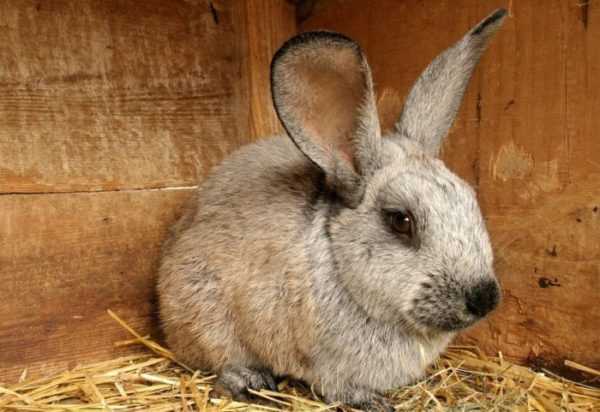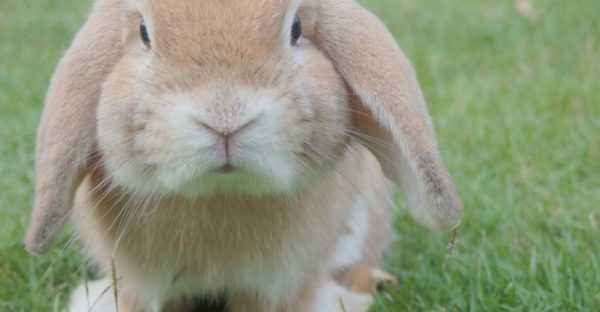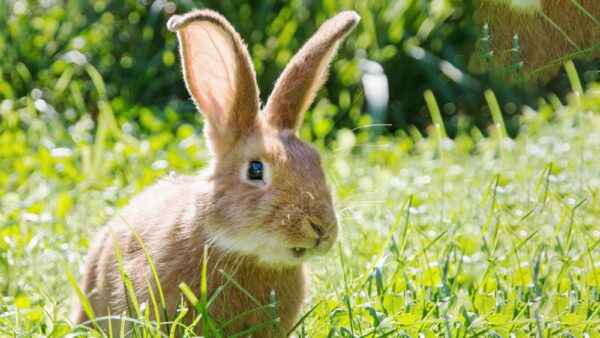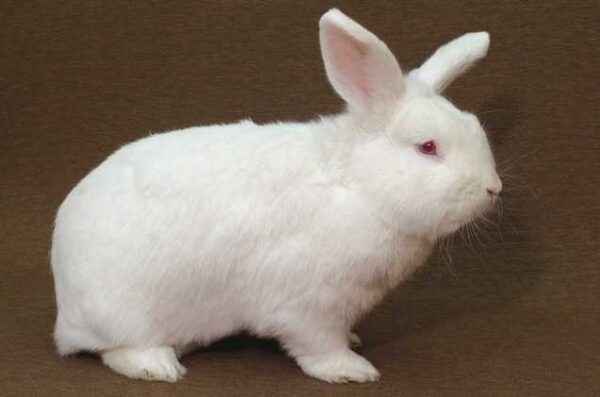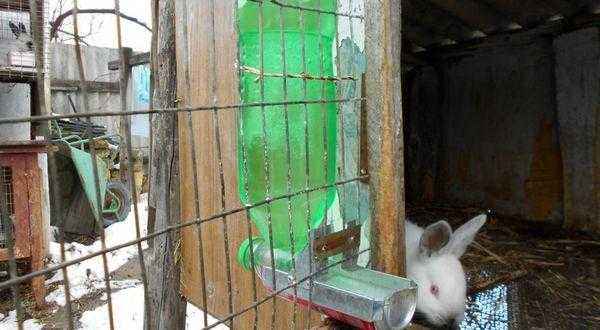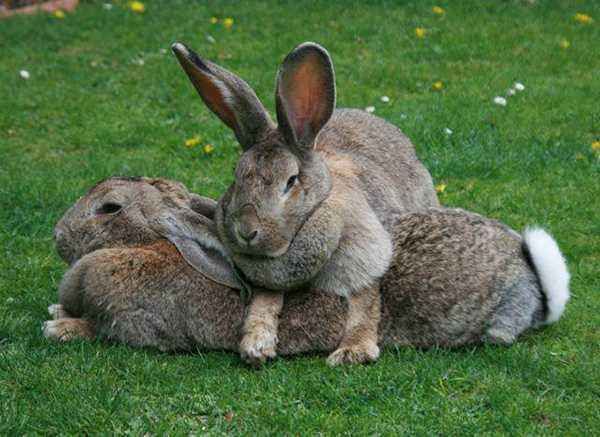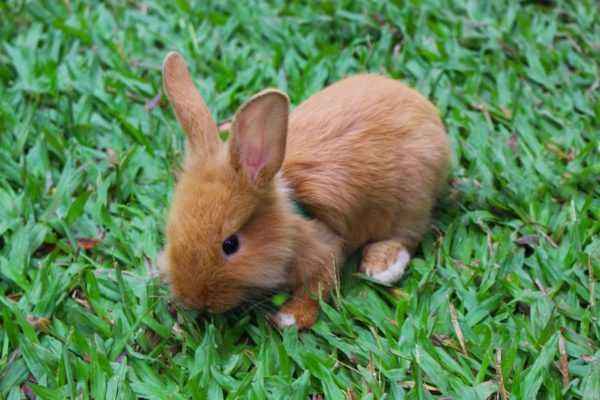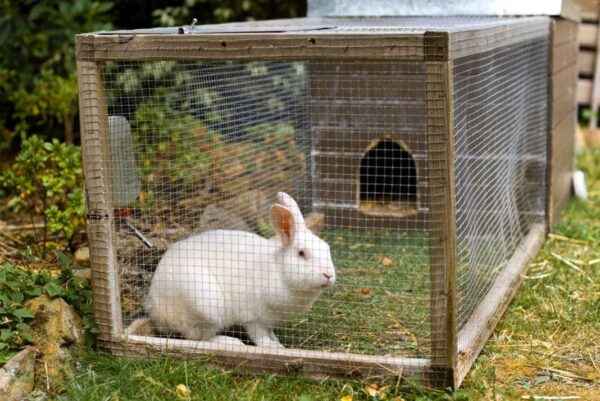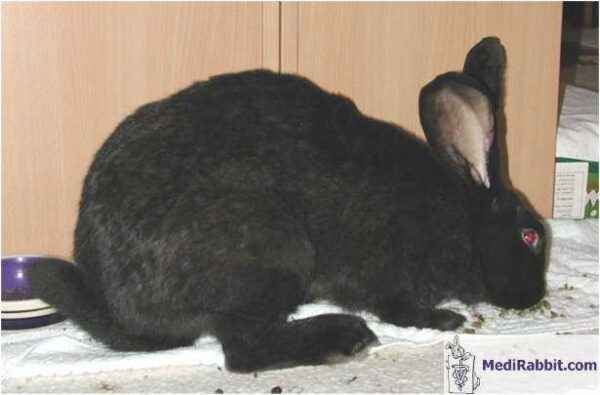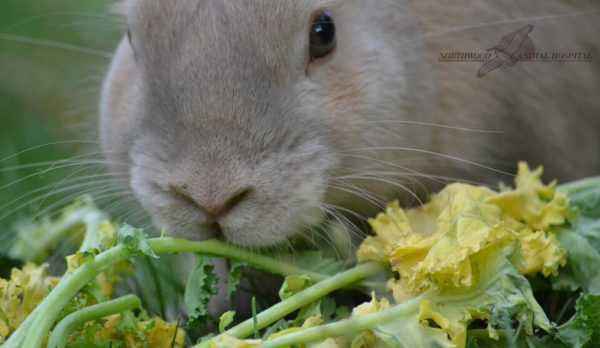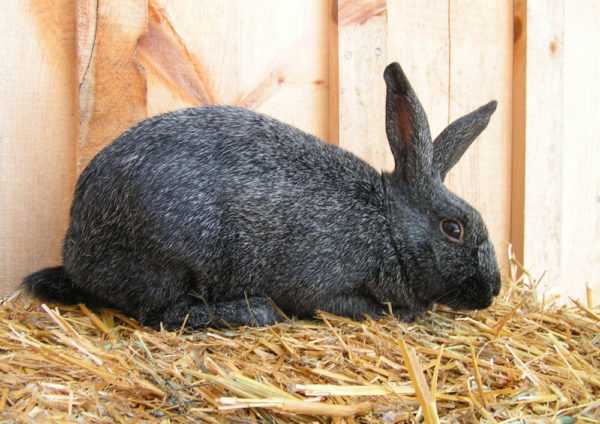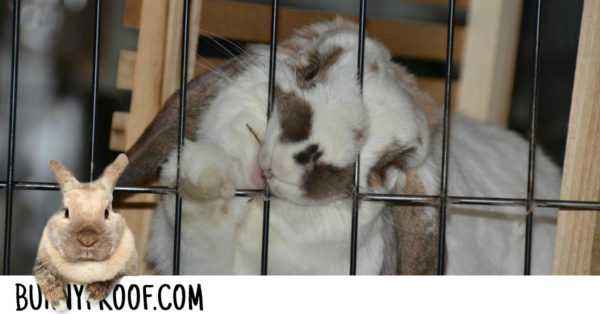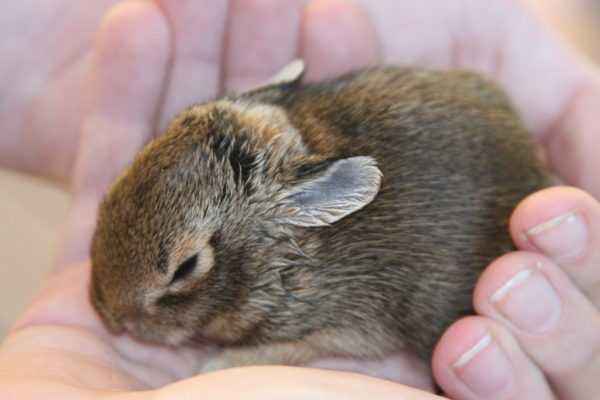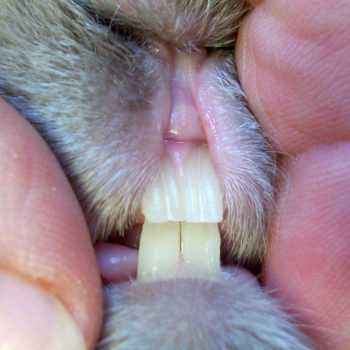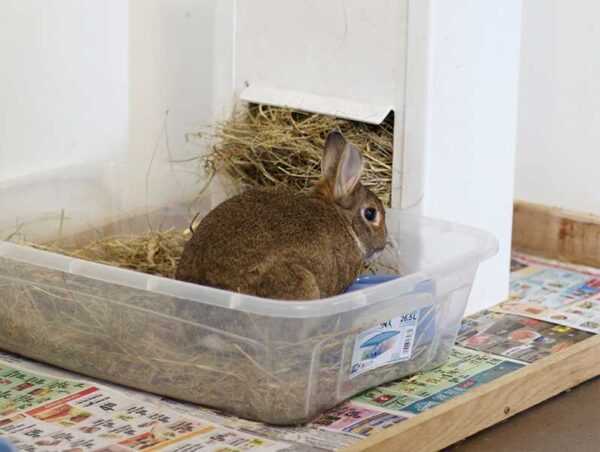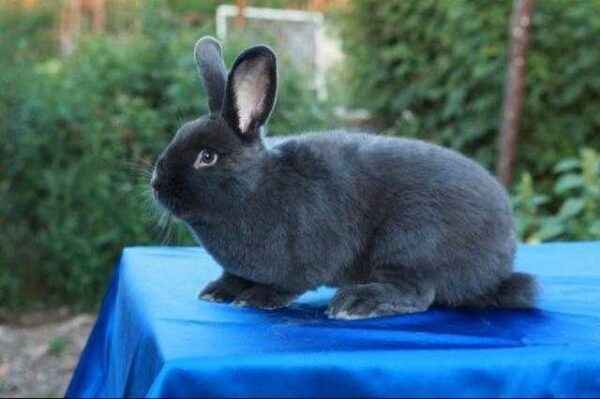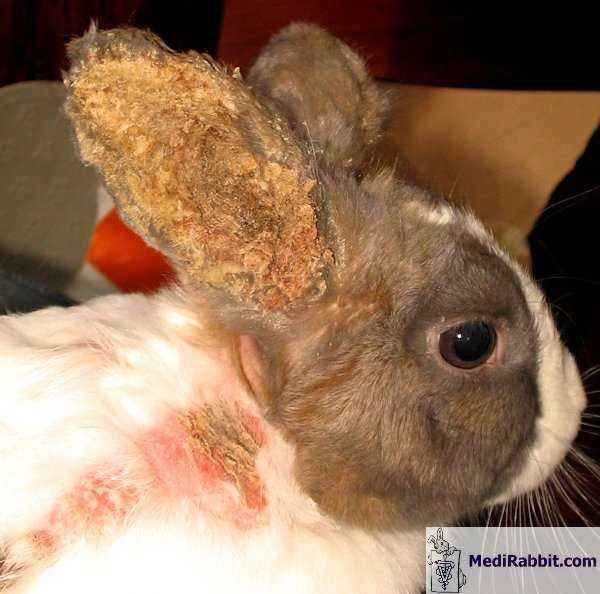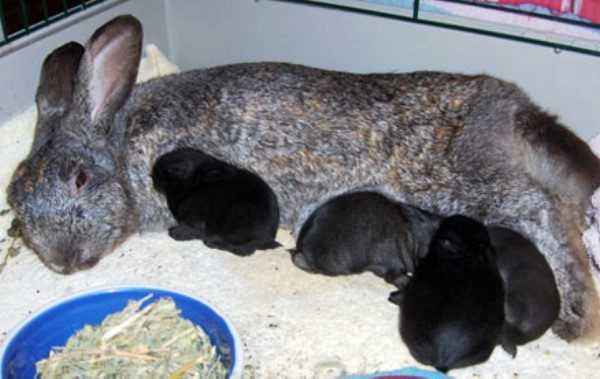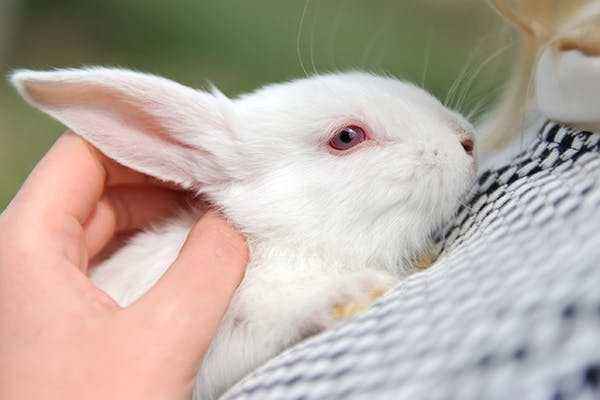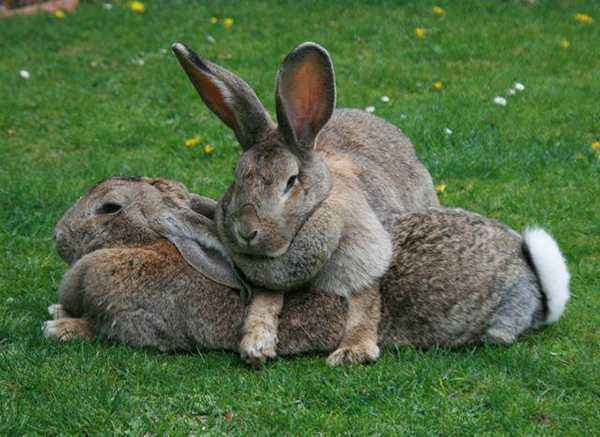Livestock breeders often breed face a problem like pasteurellosis in rabbits. This viral disease causes huge damage to livestock farms and private households due to the high mortality rate of infected animals.
- What is pasteurellosis
- Symptoms of pasteurellosis in rabbits
- Course of the disease and causes of infection
- Treatment of pasteurellosis in rabbits
- Prevention of the disease
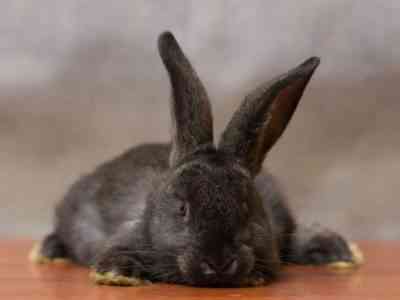
Pasteurellosis in rabbits
Under normal conditions, this percentage does not exceed 15-20%, but if the rabbits live in inappropriate conditions, they receive insufficient nutrients with food and do not have constant access and to clean water, the mortality rate rises to 80-90%. There is a vaccine for pasteurellosis and it has been used successfully for many decades.
What is pasteurellosis
Pasteurellosis in rabbits is a viral disease caused by the stick Pasteurella (Pasteurella).
Characterized by damage to the upper respiratory tract. The disease is widespread throughout the world and does not have clear geographical boundaries. It absolutely does not depend on seasonality, as it is not associated with the transition of rabbits from hay to fresh grass.
The death of rabbits from pasteurellosis was recorded in the 19th century. The description of the disease and methods of combating it were studied by the famous French scientist Louis Pasteur.Most often, the disease is sporadic, but in the absence of normal conditions for keeping farm animals, it can develop to the size of an epidemic.
In addition to rabbits, cattle, pigs and poultry are also subject to pasteurellosis. Timely treatment of the disease significantly reduces the risk of an epidemic of pasteurellosis.
Symptoms of pasteurellosis in rabbits
The first symptoms of pasteurellosis in rabbits become noticeable 3-10 hours after the sticks enter the animal but they are not very pronounced. For this reason, diagnosing the disease in the early stages is quite difficult. The percentage of infection of young rabbits is higher.
After 10 hours, the symptoms become more pronounced. The following symptoms become noticeable:
- profuse discharge of mucus from the nose and eyes;
- diarrhea;
- bloating;
- shortness of breath , which may be accompanied by wheezing and whistling;
- loss of interest in food or a complete rejection of it;
- lethargy;
- increase in body temperature to 42 ° C;
- vomiting.
The animal becomes lethargic and sleeps a lot. Around the mouth and eyes there is an accumulation of mucus from transparent to dark brown in color. Due to mucus in the nose, the animal sneezes and often washes its nose. The disease can also affect the ears, then the rabbit shakes its head and completely loses its orientation in space.
In the absence of timely medical care, the disease develops rapidly. The animal spins in one place or completely loses its ability to stand on its paws. As the infection spreads through the respiratory tract, pneumonia develops, as well as abscesses in the nasal mucosa, pharynx and oral cavity.
Course of the disease and causes of infection
Pasteurellosis of rabbits, like any another disease of the upper respiratory tract is transmitted by airborne droplets. It is also possible infection:
- in contact with a sick animal;
- through contaminated water or food;
- through the dirty hands of a person caring for rabbits.
The impetus for the progression of the disease is stress due to transportation, changing the place of keeping or rearrangement of animals.
After the pathogen is introduced into the body, its protective functions are activated, namely, the production of white blood cells . The infection penetrates the circulatory and lymphatic systems of the animal, causing septicemia – blood poisoning. There is also the development of hemorrhagic diathesis due to damage to the walls of blood vessels by toxic products of the pathogen.
Pasteurellosis in domestic rabbits has 2 types of the course of the disease:
- The acute form of pasteurellosis is characterized by the rapid development of symptoms. Such a course of the disease is observed at the very beginning. The first sign is an increase in body temperature to 41-42 ° C.After the animal begins to sneeze and often wash its face, abundant mucous discharge from the eyes is also observed. The eyelid may swell and turn red. Then comes the period during which the rabbit has difficulty breathing, sometimes with wheezing and whistling. The animal opens up vomiting and diarrhea. After refusing water and food, the rabbit dies for 2-3 days.
- The chronic form of pasteurellosis is characterized by a slight manifestation of symptoms that are easily confused with manifestations of conjunctivitis, rhinovirus infection, rhinitis or keratoconjunctivitis. Over time, purulent pneumonia develops, as well as the development of subcutaneous abscesses, which are easily detected by palpation. Their autopsy can occur only after 1-2 months.
The chronic course of the disease does not save from death, but only delays it if you can not find the true cause of the disease. Pneumonia spreads rapidly throughout the herd and leads to mass death of animals.
Rabbits remain invulnerable to pasteurellosis for up to 40 days, since they are protected by maternal immunity. After this period, the animal may become ill at any time. The impetus for the development of infection can be stress in rabbits due to maternal absenteeism.
Treatment of pasteurellosis in rabbits
It is not easy to diagnose an infection in the early stages of its development.
The diagnosis is made based on the clinical results . X studies or after the autopsy of dead animals by bacteriological
Infected animals must be isolated from the rest of the herd, and already dead rabbits burn: it will help prevent the spread of infection among the livestock. It is strictly forbidden to bury the corpses, as this will not destroy the pathogen, and the epidemic will flare up again.
Pasteurellosis of rabbits in the acute form can be treated according to several schemes:
- Sulfanilamide in tablets of course 3 -4 days.
- Tetracycline or Biomycin for 3-5 days (vaccination). The drug is administered intramuscularly.
In the chronic course of the disease, these 2 treatment regimens are combined. The first 3 days – sulfanilamide, then 3 days – an antibiotic in injections and again 3 days – sulfanilamide. The course of treatment is 9 days. In parallel, it is recommended to use drugs against diarrhea and vomiting.
Under no circumstances should rabbits be treated on their own. Only an experienced veterinarian can make the correct diagnosis and prescribe treatment. Starting treatment of rabbit pasteurellosis in the early stages increases the chances of survival of the pussies. It is extremely important to find out the dosage of the drugs from the veterinarian or carefully read the instructions for use.
Disease Prevention
Despite timely treatment and a positive result, 1 out of 2 animals remains infected for life. When favorable conditions appear, the bacillus activates again and begins to multiply, which leads to a new outbreak of pasteurellosis in rabbits.
Buying rabbits from unverified livestock breeders can jeopardize the whole herd. For this reason, you need to be careful when choosing a breeder.
You need to buy rabbits at the age of one month. During this period, they are not yet susceptible to pasteurellosis and the vaccine will be selected and introduced already by the breeder himself.
The main method of prevention and the most successful is the vaccination of pussies. The first time the vaccine is administered to rabbits who have reached the age of one month. Further vaccination is required 2 times a year.To select a particular drug for vaccination, you need to seek the help of a veterinarian. Most commonly used:
- Pestorin Mormix;
- Formol Vaccine;
- Pasorin – Ol.
Also needed adhere to other methods for the prevention of pasteurellosis:
- sick individuals are isolated from the rest of the herd;
- dead rabbits are burned, and not buried in the ground;
- carry out timely cleaning in the cells, wash feeders and drinking bowls;
- when it is discovered that pasteurellosis has become infected, the cells are treated with antiseptics or 1% sodium hydroxide solution, the drinkers, feeders and aviaries are also disinfected in the same way;
- manure they bury them in a safe place or take them to a safe distance from the cages with their pets, they may also contain a pathogen;
- the infection is sensitive to ultraviolet radiation, so cells must be placed in such a way that the sun’s rays get into them in the morning when it’s not so hot.
Vaccination against pasteurellosis in rabbits should be carried out in a timely manner. It is a mistake to believe that one vaccine is able to protect pussies for his whole life. The exact scheme according to which the vaccine will be administered is decided by the veterinarian. You need to buy drugs only in trusted places, as there is a high risk of stumbling into a fake.
